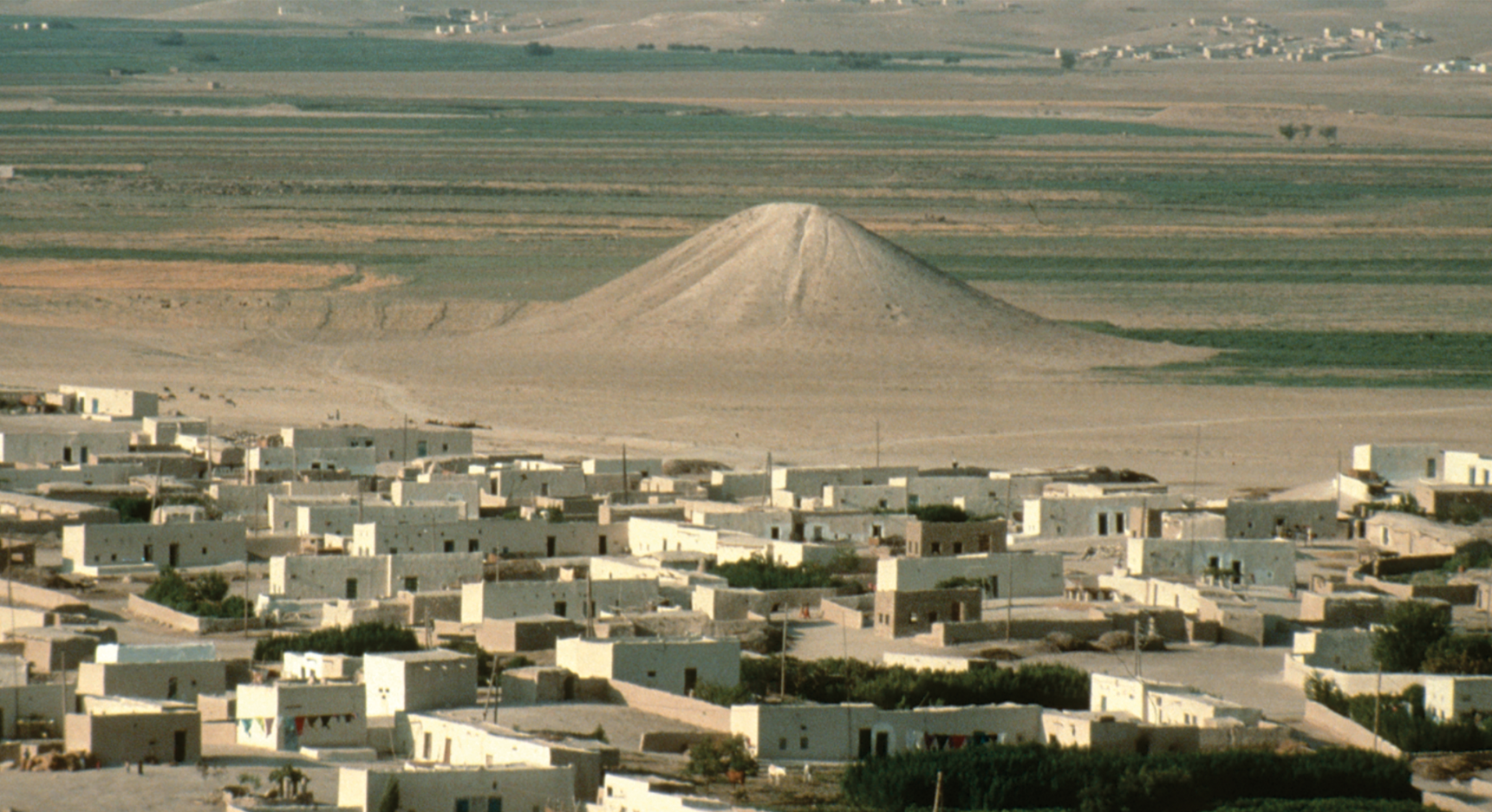
A massive mound rising from the soil in Syria may be the world’s first military memorial, archeologists say.
In a paper published in the academic journal Antiquity, a group of researchers argue that the patterns of bones and other objects found at the White Monument, as the structure in the town of Tal Banat is called, suggest the site was used as a large-scale burial for fallen soldiers—and a warning against potential enemies.
If true, the discovery means that organized militaries date back 4,500 years.
“Ancient people honored those killed in battle, just as we do,” Anne Porter from the University of Toronto, who led the study, told the Guardian. “We do not know whether they were the victors or the losers of that battle. We do know that they took the bodies of the dead from some other place, perhaps long after the event, and interred them in a huge mound that was visible for miles around.”
Porter’s work on the White Monument began three decades ago, when she and other researchers began excavating the site, according to Smithsonian Magazine.
But they were working against a deadline: the monument and its surrounding territory sat in the planned flood zone of a hydroelectric dam.
Over the years, archaeologists worked to unearth and catalogue skeletal remains and long-buried artifacts, take photos and spatial measurements, and learn as much as they could from the soon-to-be destroyed wonder. It wasn’t until after the dig wrapped up in 1999 that they began making sense of all the material they’d amassed.
Then came another catastrophe: the militant group ISIS destroyed the Syrian storehouse where objects and other materials from the dig were kept.
Porter was left with a collection of data: unpublished notebooks and photographs and spreadsheets filled with bone measurements, sediment analyses, and so on. In 2018, that material formed the basis of a course the researcher taught at the University of Toronto, in which she and 10 undergraduates sought to find out who was interred in the White Monument.
The group learned that the site contained at least three burials, built atop one another over the course of generations. It was in the outermost layer that the skeletal remains of soldiers were found.
While there are examples of mass graves built for fallen enemy soldiers dating back to the same era, this is possibly the oldest tribute to a civilization’s own fighters ever discovered.
“It was not until we recognized that there were patterns in those bone deposits that the elements fell into place,” Porter told the Art Newspaper. “And that was pretty exciting.”